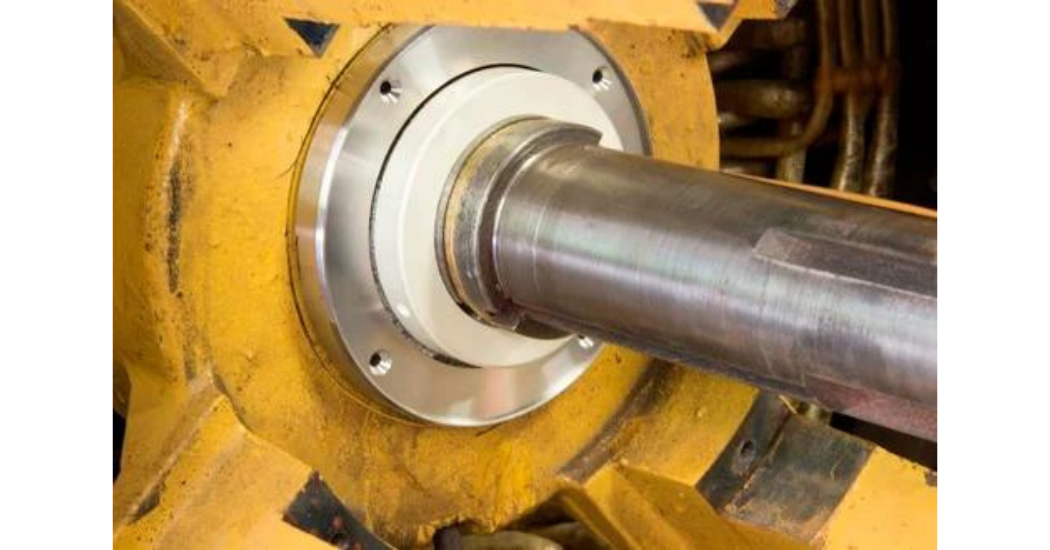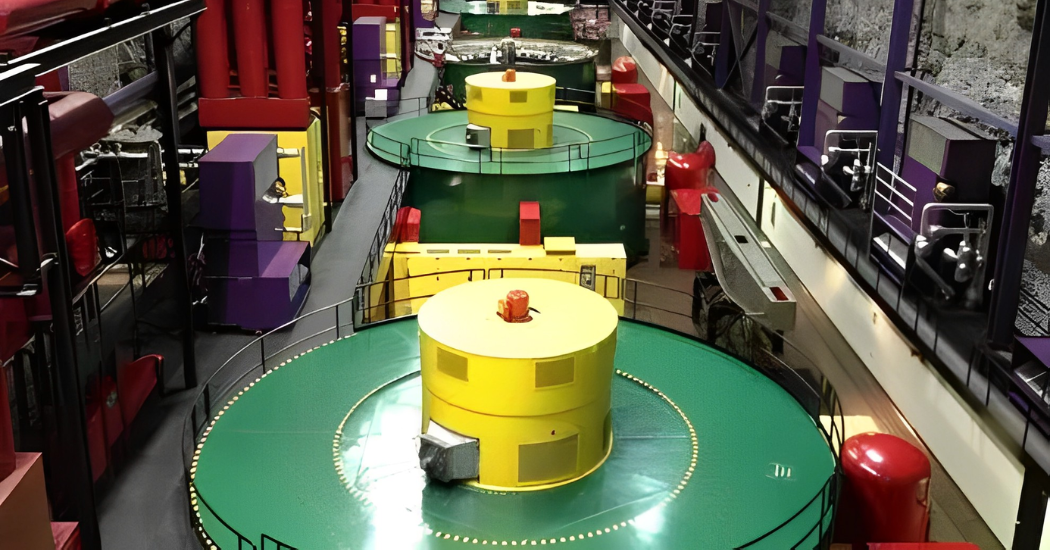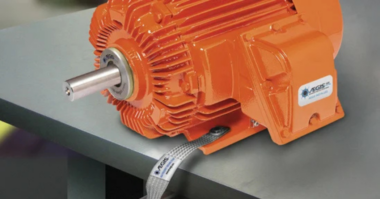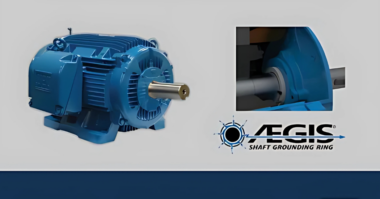The modern world relies fundamentally on electric power. As electrification continues to expand into sectors such as transportation and HVAC, the importance of dependable electricity production has grown significantly. So utility companies and other producers take reliable generation very seriously. The costs to the utility of unplanned downtime can be astronomical.
What is the Weakest Point of a Generator, and What Does it Mean?
The weakest point of any generator (or electric motor) is the bearings, where the rapidly spinning shaft meets the stationary frame. If a bearing fails, the machine fails. So premature bearing failure must be guarded against.
In addition to mechanical damage, bearings are subject to electrical bearing damage from arcing in the bearings. For a generator, this can come from many sources: static buildup on the shaft, asymmetry in the generator’s windings and frame, and stray voltage from the exciter or other sources. Whatever the source, it leads to a voltage across the bearings, which discharges by arcing through them. This degrades the grease and creates roughness in the smooth surfaces of the bearing. The damage accrues over time and can eventually lead to premature failure.
 Protection from Electrical Bearing Damage
Protection from Electrical Bearing Damage
Most generators (and large motors) come with one insulated bearing, partially protecting against electrical bearing damage. But for full protection, you also need to protect the uninsulated bearing with reliable shaft grounding like the PRO Series AEGIS Shaft Grounding Ring. The grounding ring gives a low-resistance path between the shaft and frame, so electricity travels through the ring instead of arcing through the bearing.
With an insulated bearing and an AEGIS PRO Ring, the generator is well-protected against premature failure from electrical bearing damage. Plant managers can rest a little easier, knowing they have one less thing to worry about.




